Inmarsat Fleet One, affordable FleetBroadband for real?
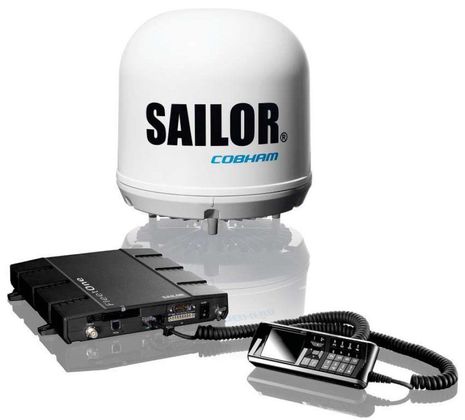 Boaters looking for a reliable, moderately fast satellite Internet connection for light and/or occasional use have learned to be leery of Inmarsat. When FleetBroadband came out in 2009 -- particularly the FB150 model with its easily installed 13.5-inch stabilized antenna -- it seemed like a reasonably affordable option for bluewater cruising. This promise was confirmed in a terriffic Panbo review series conducted by Gram Schweikert as his family sailed from Maine to New Zealand with both KVH FB150 and Iridium OpenPort antennas mounted on the spreaders. Note the fairly friendly FB rate sheet published in Gram's installation entry and how (with very careful data use) he found the FB150 quite useful out in the Pacific at only about $100 to $150 a month in service charges. Unfortunately, the deal changed...
Boaters looking for a reliable, moderately fast satellite Internet connection for light and/or occasional use have learned to be leery of Inmarsat. When FleetBroadband came out in 2009 -- particularly the FB150 model with its easily installed 13.5-inch stabilized antenna -- it seemed like a reasonably affordable option for bluewater cruising. This promise was confirmed in a terriffic Panbo review series conducted by Gram Schweikert as his family sailed from Maine to New Zealand with both KVH FB150 and Iridium OpenPort antennas mounted on the spreaders. Note the fairly friendly FB rate sheet published in Gram's installation entry and how (with very careful data use) he found the FB150 quite useful out in the Pacific at only about $100 to $150 a month in service charges. Unfortunately, the deal changed...
In 2011 Inmarsat purportedly modified the terms their service resellers could use -- causing particular pain to intermittent users (and the dealer/installers who had set them up) -- and in 2012 we got a clearer understanding of the company's motivation. Inmarsat's VSAT competitors in the data-hungry ship and megayacht market were using nearly global FB systems as a backup to cover the areas they couldn't. Suddenly, the middle class yacht could no longer, say, prepurchase 12 months of a basic $59/mo service plan and use the total block of 60 up/download megabytes and 1,100 voice minutes however they wanted during that year. The FB150 is still available, but you don't see them on many cruising boats.
Well, Fleet One is Inmarsat's new attempt to "meet the particular communications needs of leisure mariners, day boaters and sport and coastal fisherman," and the Sailor Fleet One hardware pictured at the top of the entry looks remarkably similar to the Sailor 150 FleetBroadband System. In fact, it may well be the exact same hardware, but with software that only enables one voice connection at a time and that limits data speeds to 100 kbps -- versus FB150's "up to" 150 kbps. The major difference, though, is that Fleet One's attractive rates only apply within the coastal regions shown in green above...
The green (or lavendar) regions are actually quite substantial. It looks, for instance, like a yacht could cruise throughout the Carribean and then passage to New England via Bermuda without ever crossing the line where Fleet One prepaid data rates take a huge leap from $5 to $40 a megabyte. With "In Region" voice calls at 68 cents a minute, Fleet One could be just the right service level above a sat phone (or maybe the new Iridium GO!). You're not going to surf around the Web like you do when you're on land-based WiFi or cellular connections, but carefully managed Internet use should be easy and fairly quick. Cruisers will also appreciate the fact that $50/30 day prepaid vouchers are good for a year and that unused time can roll over onto another voucher if it's activated before the first one's 30 days is up. Plus, an activated SIM card can go unused for 8 months before another $100 activation fee is needed. And note that the same hypothetical coast-of-North-America yacht could pick up the same Region rate in the Med, and they still would have had easy data access while crossing the Atlantic, though at a premium rate (that will discourage use of Fleet One as a VSAT backup :-).
Installing the Fleet One BDU and ADU -- the below and above decks units -- looks fairly straightforward. The above manual illustration is from the Inmarsat-branded hardware, which looks very similar to the proven Skipper FB150. Accessing Fleet One Internet via the built-in browser pages, illustrated below, also looks fairly straightforward. I'd still recommend having a reputable dealer/installer involved, though, if nothing else than to serve as an advocate with Inmarsat if things turn sour. The company may want to work with leisure boaters, and this offering seems attractive, but I'm not sure they've learned how to treat us. For instance, I'm pretty sure that even though a Fleet One system could use its included GPS to warn a user if they've crossed a Region border into high rate territory, it does not. That's why the non-partisan sat comms expert who supplied much of the info for this entry favors pre-paid usage. "It limits liability!" Soon, the Web should have more information and opinions about Fleet One. I'll be paricularly interested in what Global Marine Networks has to say, and note that they already like the Iridium Pilot (formerly known as OpenPort for similar user profiles.

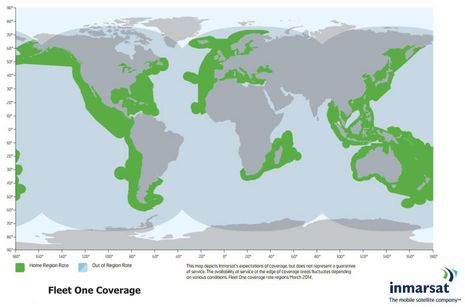
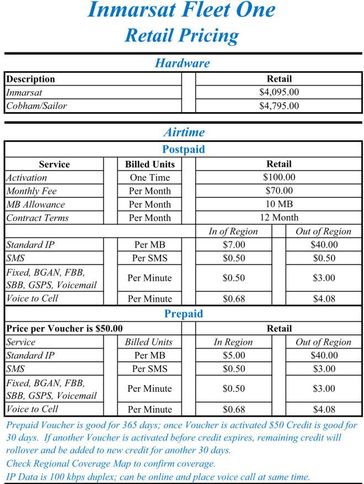
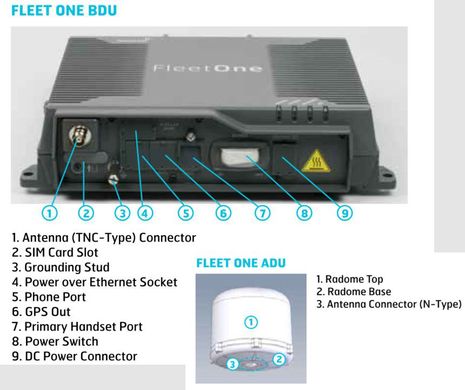
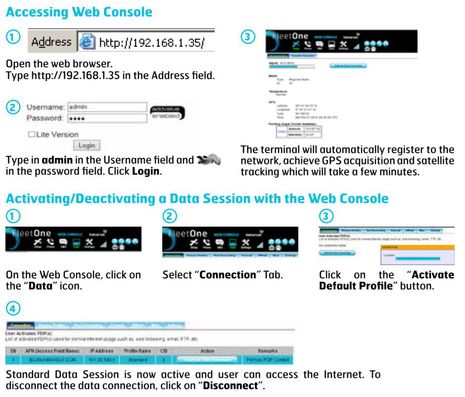
 Share
Share
I will be VERY curious to hear what people have to say about the Fleet One system. I first heard about it a few weeks ago and I understand the hardware is identical to FB150. Curious if they would consider a firmware "upgrade" to those FB150 customers who have been abandoned by Inmarsat to allow them to use the Fleet one software and pricing scheme. I can't help but feel this "new" system is really just a ridiculous kluge to allow Inmarsat to keep overcharging it's customers. Why again do bits from the same satellite cost 9 times as much when I am 601nm from the nearest shoreline as opposed to 599nm?
We are currently in the last year of a 3 year contract on our Iridium Openport system that set a base $50/month for service with all usage charge a-la-carte at approx $5/mb though I am not sure if these rates are still available today as that service provider has now started pushing inmarsat products. We had to sign on for 3 years to get those sort of rates and while the $50/month is a real issue now that the boat has returned to Maine and is only used in bursts, compared to the other options at the time, it was by far the best option we had.
We continue to look for good offshore data options for Visions of Johanna for when our contract expires, and have started looking at the Fleet One system as well as narrow-band options like the Iridium Go, but as we already have invested in the hardware, and have the space for broadband options, it is hard to step back to the VERY slow connections like the Iridium Go when their pricing schemes are still generally dependent on maintaining monthly subscriptions that go unused for 6+ months a year.
At least with the pre-paid Fleet-One pricing, you can envision a usage where you spend $50 every 20-30 days for the 4-5 months you use your boat, rolling over your airtime during that time if you don't use it, then "hibernate your system for 7 months before activating another $50 voucher. The problem is that this requires your careful attention to ensure that you re-up before your 30-day window expires during usage times and that your 8-month window doesn't expire or else you have to get a new sim card and pay another $100 activation. I am afraid most boat owners have better things to do than carefully track their sat phone bills. Also, what guarantee to customers have that their $4000 investment in hardware won't become useless to them in a year if Inmarsat decides to change their pricing scheme and get rid of the pre-paid rollover option?